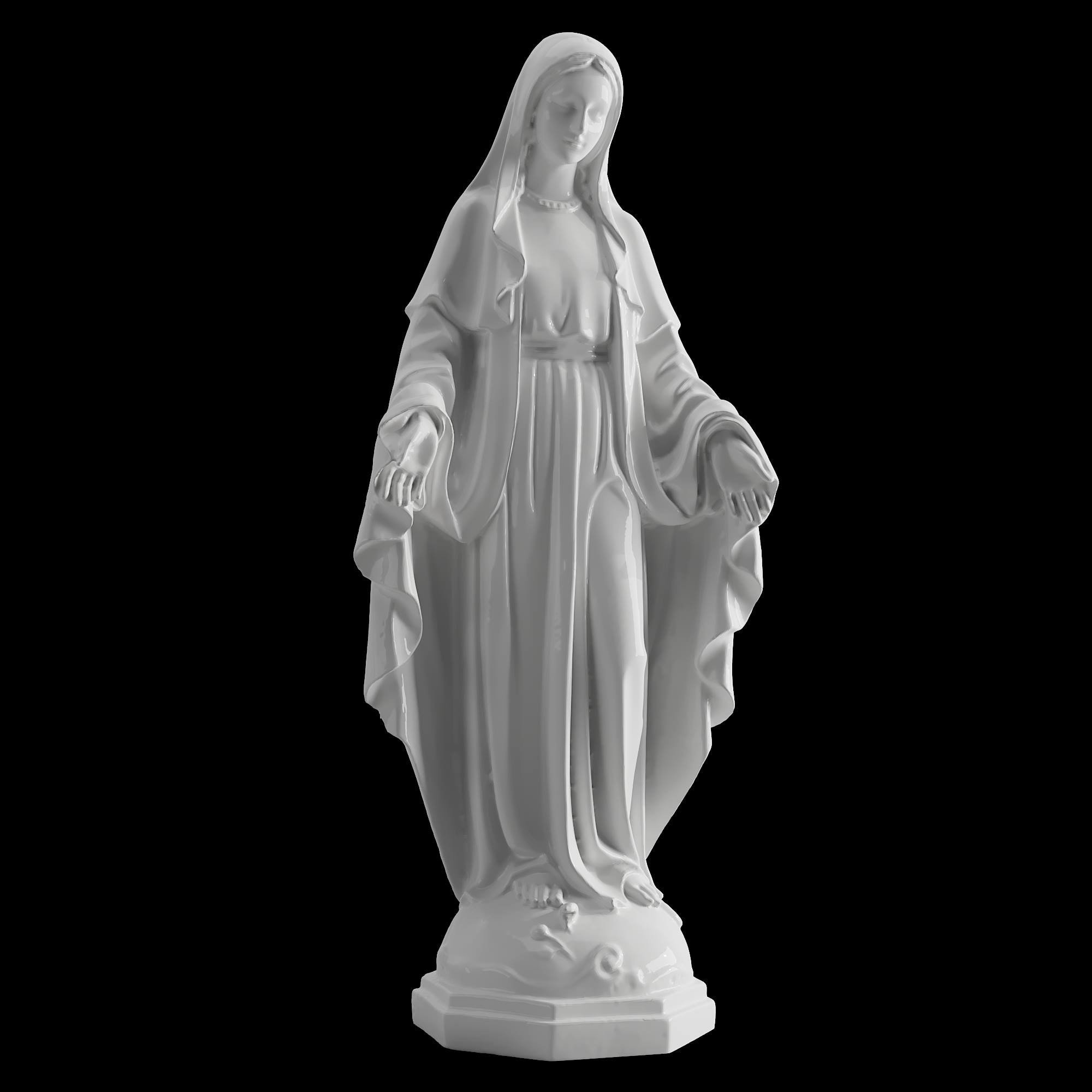## Modern Clothes 3D Models: A Revolution in Fashion Design and Visualization
The world of fashion is constantly evolving, and one of the most exciting advancements in recent years has been the rise of 3D modeling for clothing design and visualization. 3D models offer a powerful and versatile tool for designers, brands, and consumers alike, allowing for realistic renderings, interactive experiences, and efficient workflows.
Part 1: The Power of 3D Modeling in Modern Clothing Design
1.1 Enhanced Visualization: 3D models provide an unparalleled level of realism and detail compared to traditional 2D sketches or photographs. They allow designers to see their creations in full 3D, showcasing not only the garment's overall form but also the intricate details like fabric textures, seams, and even the way the garment drapes on a virtual body. This realistic visualization helps designers to:
* Identify design flaws early in the process, preventing costly mistakes during physical prototyping.
* Explore different fabric options and color combinations quickly and efficiently.
* Showcase their designs in a compelling and immersive way, capturing the attention of potential clients.
1.2 Streamlined Design Process: 3D modeling software offers a range of tools and features that streamline the design process. Designers can:
* Experiment with different styles and shapes through intuitive manipulation tools.
* Create variations of a design with ease, allowing for rapid prototyping and iteration.
* Collaborate with team members in real-time, sharing and reviewing designs without the need for physical samples.
1.3 Cost-Effective Solutions: 3D modeling offers significant cost savings compared to traditional methods.
* Reduced material waste: Creating virtual prototypes eliminates the need for physical samples, minimizing material waste and reducing environmental impact.
* Faster turnaround times: 3D models allow for faster design iterations and production cycles, ultimately saving time and resources.
* Increased efficiency: The streamlined workflow enabled by 3D modeling reduces production delays and errors.
Part 2: Applications of 3D Modeling in the Fashion Industry
2.1 Design and Prototyping:
* Conceptual Design: 3D modeling enables designers to quickly sketch and refine their ideas, exploring different design possibilities and pushing creative boundaries.
* Virtual Prototyping: 3D models allow designers to create virtual prototypes of their garments, testing the fit, drape, and overall aesthetics before committing to physical production.
* Customization and Personalization: 3D modeling facilitates personalized fashion experiences. Designers can tailor garments to individual body shapes and preferences, creating unique and bespoke pieces.
2.2 Marketing and Sales:
* Interactive Product Visualization: 3D models can be integrated into online stores, allowing customers to explore different angles, zoom in on details, and even try on garments virtually.
* Creating Immersive Brand Experiences: 3D models can be used to create immersive virtual showrooms, allowing customers to experience the brand's vision and style in a captivating way.
* High-Quality Visuals for Campaigns: 3D models provide high-resolution images and animations for advertising campaigns, showcasing garments in a visually compelling manner.
2.3 Production and Manufacturing:
* Pattern Making and Grading: 3D models can be used to create precise patterns and grading for clothing, ensuring consistent sizing and fit.
* Virtual Fitting and Sizing: 3D modeling allows designers to create virtual fitting rooms, enabling customers to try on garments virtually and select the perfect size.
* Automated Production: 3D models can be used to generate data for automated manufacturing processes, streamlining production and reducing errors.
Part 3: Future of Modern Clothes 3D Models
The future of 3D modeling in the fashion industry is bright, with advancements in technology constantly pushing the boundaries of what's possible.
* Improved Realism: Ongoing research and development are leading to more realistic and detailed 3D models, blurring the lines between the virtual and the real.
* Increased Accessibility: 3D modeling software is becoming increasingly user-friendly and affordable, making it accessible to designers of all levels.
* Integration with AI and Machine Learning: AI and machine learning will further enhance the capabilities of 3D modeling, enabling intelligent design suggestions, personalized recommendations, and automated design processes.
Part 4: Benefits of Using Modern Clothes 3D Models
* Faster Time to Market: 3D modeling streamlines the design process, allowing for faster product development and launch.
* Reduced Production Costs: Virtual prototypes and automated production processes reduce material waste and labor costs.
* Enhanced Customer Experience: Interactive visualization and personalized fitting experiences elevate the customer journey.
* Increased Sustainability: 3D modeling promotes sustainable practices by reducing material waste and environmental impact.
Part 5: Challenges and Considerations in Implementing 3D Modeling
Despite the numerous benefits, implementing 3D modeling in the fashion industry presents some challenges.
* Investment in Technology and Software: Initial investment in software and hardware can be significant.
* Skill Acquisition: Designers and technicians need to acquire specialized skills in 3D modeling and related software.
* Data Management and Security: Managing large volumes of 3D model data requires robust infrastructure and security measures.
* Accessibility and Usability: Ensuring accessibility and ease of use for all users is crucial for widespread adoption.
Part 6: The Future of Fashion: A Virtual Reality
The rise of 3D modeling in the fashion industry is reshaping the entire landscape. As technology continues to advance, we can expect:
* Virtual Fashion Shows: 3D models will be used to create immersive virtual fashion shows, blurring the lines between the physical and digital worlds.
* The Metaverse as a Fashion Hub: Virtual reality platforms will become platforms for fashion design, showcasing and selling garments in virtual environments.
* Interactive Fashion Experiences: Consumers will be able to interact with garments in virtual environments, trying them on and exploring different styles without leaving their homes.
Conclusion:
Modern clothes 3D models represent a significant leap forward in the fashion industry. This technology empowers designers to create, visualize, and communicate their ideas in a more efficient, cost-effective, and sustainable way. As 3D modeling technology continues to evolve, it will undoubtedly play an even more central role in the future of fashion, ushering in a new era of virtual design, immersive experiences, and personalized fashion.


















Comment (0)